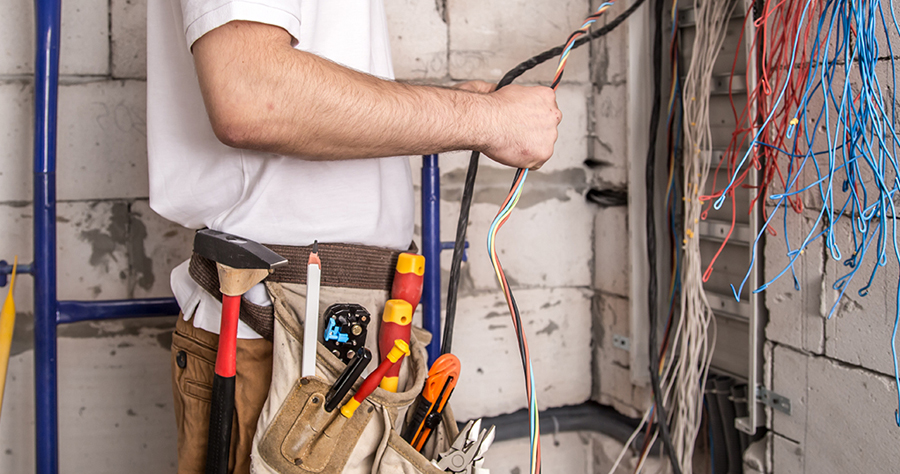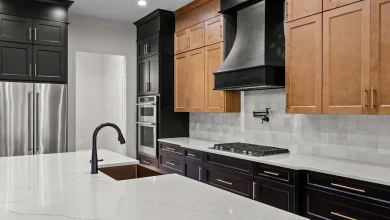
How should you choose electrical wiring for your home?
Selecting appropriate electrical components for home wiring requires careful consideration of safety standards, code requirements, and long-term reliability factors. The choices you make during installation or renovation directly impact your family’s safety and your home’s electrical performance for decades. The fundamental differences between various electrical options help ensure optimal results that meet both current needs and future expansion possibilities.
Professional consultation becomes essential when planning comprehensive wiring projects. Qualified electrical services provide expertise in component selection, code compliance, and installation techniques that ensure safe, reliable operation. These professionals are important in local regulations while offering guidance about optimal materials and configurations for specific home requirements and budget considerations.
Wire gauge selection criteria
Choosing the correct wire gauge prevents overheating while ensuring adequate current-carrying capacity for your home’s electrical demands. Undersized wires create fire hazards while oversized options waste money without providing additional benefits. The gauge selection depends on circuit amperage, wire length, and voltage drop calculations that determine optimal performance. Fifteen-amp circuits typically use 14-gauge wire for general lighting and outlets, while twenty-amp circuits require 12-gauge wire for higher-demand applications. Air conditioning units, electric water heaters, and kitchen appliances often need dedicated circuits with appropriate gauge wire sized for their specific amperage requirements.
Outlet and switch specifications
Modern homes require GFCI outlets in bathrooms, kitchens, garages, and outdoor locations to prevent electrical shock hazards. These safety devices detect ground faults and immediately disconnect power when dangerous conditions occur. Standard outlets work for most indoor applications, while weather-resistant versions protect exposed locations. Switch selection involves choosing between basic toggle switches, dimmer switches, and smart home-compatible options based on functionality requirements and budget considerations. High-quality switches provide better tactile feedback and longer service life compared to economy alternatives that might fail prematurely.
Panel and breaker considerations
Electrical panels serve as the central distribution point for your home’s electrical system, making proper selection crucial for safety and functionality. Modern panels offer superior protection compared to older fuse boxes while providing easier maintenance and expansion capabilities. Circuit breakers protect individual circuits from overload conditions while enabling easy reset after tripping events. Quality breakers offer reliable protection for decades, while cheaper alternatives might fail to provide adequate security during fault conditions. The panel size should accommodate current needs while allowing room for future circuit additions.
Cable type evaluation
Different cable types serve specific applications within residential wiring systems. Romex cable works well for most interior applications, providing cost-effective installation while meeting code requirements. Armoured cable offers additional protection in exposed locations where physical damage might occur. Underground applications require special burial-rated cable that withstands moisture and soil conditions without degradation. Outdoor overhead applications need cables designed for weather exposure and UV radiation resistance that maintain performance in challenging environmental conditions.
Code compliance requirements
Local electrical codes specify minimum requirements for safe installation while establishing standards for component selection and installation methods. These codes evolve regularly to incorporate improved safety practices and new technology developments that enhance electrical system performance. Working with code-compliant materials ensures that your electrical work passes inspection while providing insurance coverage protection. Non-compliant installations might void insurance policies while creating legal liability issues that exceed any short-term cost savings from using substandard components. Professional guidance helps navigate these complex decisions while ensuring optimal results that protect your family and property investment.




